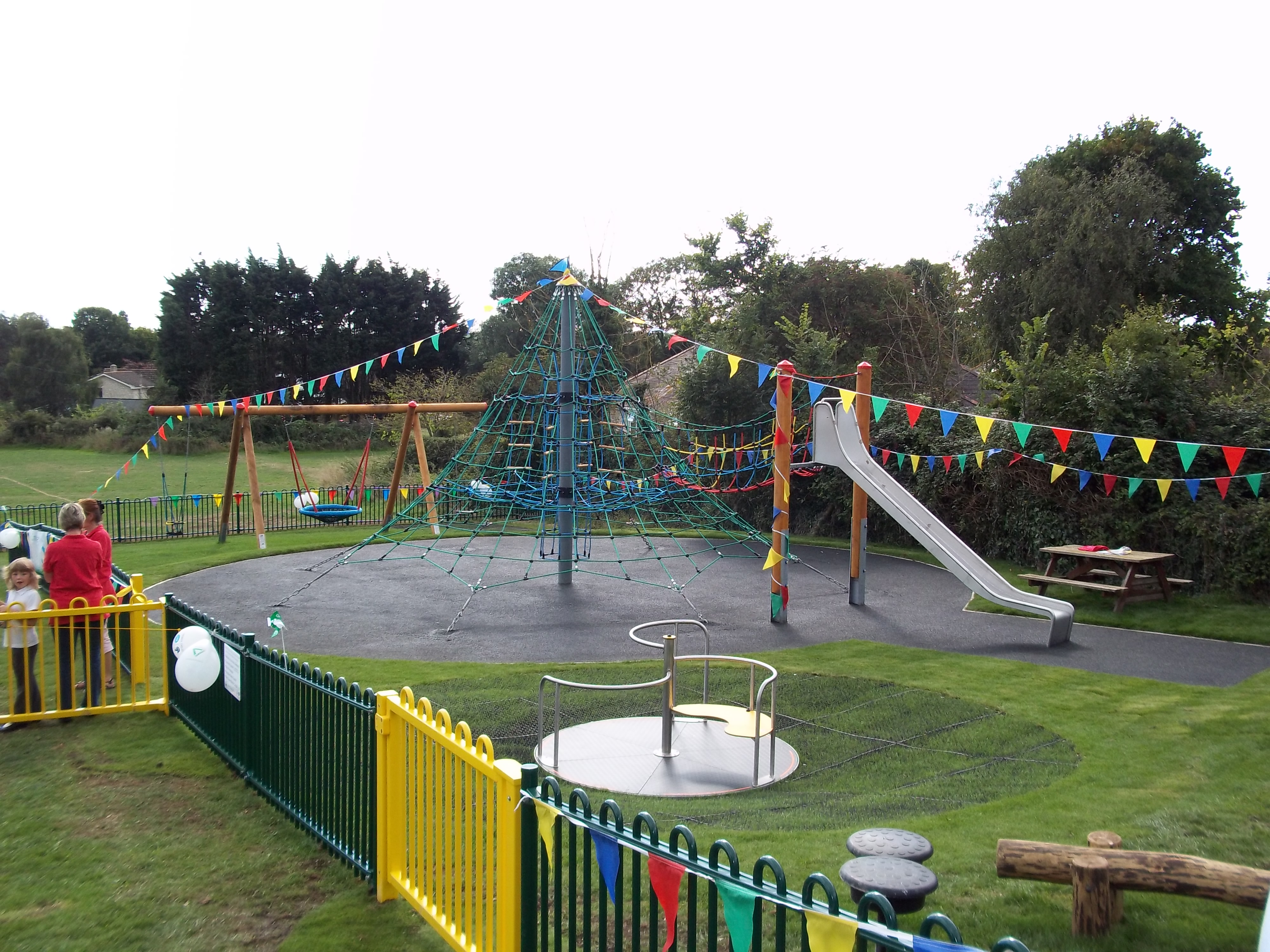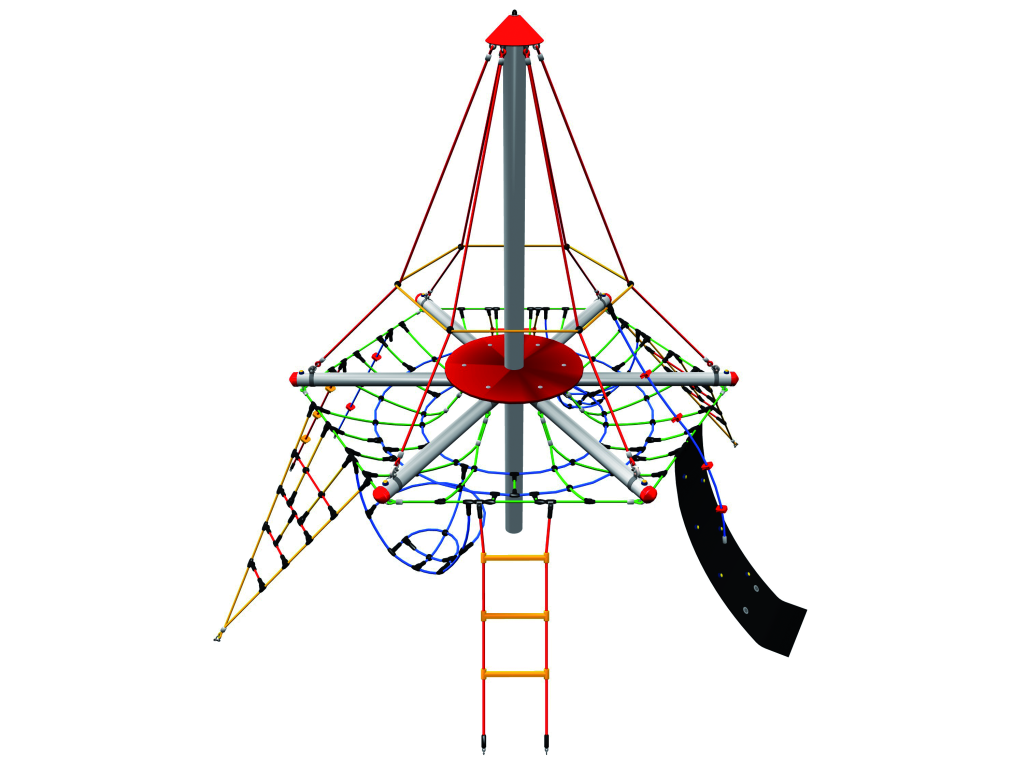Playground Planning Permission: What You Need to Know
Getting playground planning permission is an incredibly important part of the process to building and installing a playground at your site. To help you better navigate what it is you need to do and need to know, we’ve broken down the jargon into simpler terms and provided you with key steps, requirements, and tips for a successful application.
The government website has a lot of information on planning permission, but we know it’s not necessarily the easiest to understand and won’t all apply to your playground development. So that you can streamline your project, we’ve put together this helpful guide to give you a clear overview of what’s involved.
Plan Your Playground Equipment With Huck Play
Huck Play has you covered from start to finish with our professional design service tailored just for you. Our expert team makes sure your playground equipment is not only creative and fun but also perfectly suited to the age group and needs you have in mind.
We think about everything – age, accessibility, and how it’ll be used – to help bring your vision to life. Plus, we make sure it’s all safe and meets the right standards.
Do You Need Planning Permission for Playgrounds?
Before we dive into the specifics of playground planning permission, it's important to have a basic understanding of what it is and how it works.
Planning permission is required for any development or change in land use that falls outside of permitted development rights. This includes things like building extensions, constructing new buildings, and even installing playground equipment.
The purpose of planning permission is to ensure development and land use are carried out in a way that is sustainable, safe, and beneficial for the surrounding community. It also helps to protect important natural resources and maintain the character of an area.
Planning Permission Checklist
Here's a general planning permission checklist to help you ensure you've included all necessary information about your planned play area to make the process as smooth as possible.
- Site Assessment
- Local Council Guidelines
- Community Impact Review
- Detailed Proposal Submission
- Health and Safety Compliance
- Environmental Considerations
- Consultation with Stakeholders
- Planning Application Submission
- Await Approval and Address Feedback
Types of Planning Permission that Apply to Playground Development
The most common types of planning permission that are applicable to playground development are:
- Local Authority Grants of Planning Permission
- General Permitted Development Orders
- Local or Neighbourhood Development Orders
There are a few planning permissions and approvals you’ll need to think about as part of your project. We've dug up the most applicable types of planning permission you can apply for when building a playground.
Local Authority Grants & Planning Permission
One of the most common steps in the process is obtaining permission through your local authority. This typically involves submitting a planning application, which includes providing detailed information about your proposed playground design, such as its layout, materials, and intended use.
It’s essential your design follows local guidelines and land-use policies, which may vary depending on your location.
Factors such as safety standards, accessibility for all users, and environmental impact are often key considerations during this stage.
General Permitted Development Orders
Another option to consider is General Permitted Development Orders (GPDO). These rules allow certain types of development to bypass the planning permission process, provided they meet specific criteria.
For example, projects must adhere to size limits, usage rules, and other restrictions such as location or environmental impact. This can be a great shortcut for smaller or temporary playgrounds, saving both time and money.
| Learn more: Playground Size Requirements for Safe Play
However, it’s important to carefully review the GPDO guidelines to ensure your project fully complies, as failing to do so could lead to delays or potential issues later on.
Local or Neighbourhood Development Orders
If your project supports wider community goals, Local or Neighbourhood Development Orders might make things even easier. These are set up by councils or local forums and allow certain developments to go ahead without a traditional planning application as long as they stick to pre-approved guidelines.
On top of that, some councils offer special approvals or grants for playgrounds designed to improve community spaces. Not only can these grants help with funding, but they could also mean a faster approval process if your playground supports public benefit initiatives.
You can find out more about grants that may be available to you with our guide to funding and grants in the UK.
Figuring out which permissions apply to your project can save you time and effort. It’s always a good idea to check in with your local planning authority early on to make sure you’re on the right track.
Please Note: All playgrounds and playground equipment in the UK are subject to the BS EN 1176 and BS EN 1177 safety requirements regardless of the type of planning permission. All Huck Play structures meet these requirements and are suitable for use in commercial, public, and school playgrounds.
Playground Planning Permission for Playground Equipment
Obtaining planning permission to install public and commercial playground equipment requires 4 main considerations. These factors should be taken into account whether you're installing a brand new playground or adding additional play structures to extend an existing playground.
1. The Need for Groundwork
For playground projects, groundwork is key to determining if planning permission is needed and how easy it is to get.
This includes tasks like digging sockets and preparing foundations for play equipment. Since this alters the land, it may require local authority approval. Smaller projects with minimal digging might not need permission, but larger ones often face extra checks.
By understanding groundwork needs early, you can ensure your project runs smoothly and stays compliant.
| Read more on this topic: Playground Maintenance & Repairs: Your Questions Answered
2. Boundary Distance Requirements
When planning your playground, don’t forget to think about boundary distances. Usually, you’ll need at least 2 metres between the playground and the edge of the field or park.
This keeps the playground safely positioned away from pathways, roads, or nearby properties while giving everyone plenty of space to enjoy. Plus, it helps all the playground's structures fit nicely into the surrounding area!
3. The Height of your Play Equipment
| Rope Net Tower 2 with Slide | Mini Pirate Tower |
 |
 |
When planning your playground, the height of the equipment is super important; it can even affect whether your application gets approved. The height limits usually depend on who the playground is for.
For example, equipment for toddlers, like our Mini Pirate Tower, will naturally be lower than what you’d see for older kids or teens, like our Hexagon Tower. These rules are in place to keep everyone safe while making sure the design fits the age group using it.
Be sure to check out your local guidelines and factor them into your plans to stay compliant and make the approval process easier!
4. Playground Safety Ground Cover
The safety ground cover you choose should be a top priority when planning your playground. It plays a crucial role in meeting the safety standards required by your local authority and insurance.
Proper play area ground cover can help prevent injuries by cushioning falls and reducing the impact of accidents, making it essential for the well-being of playground users.
Taking the time to research and select the right safety ground cover will not only keep children safe but also make the approval process smoother and more straightforward.
Some of the most common ground cover options include:
- Rubber
- Mulch
- Sand
- Wood chips
- Synthetic surface options
What Can Be Done Without Playground Planning Permission?
Many playground improvements can be made without needing planning permission.
General play park repairs and maintenance to existing structures are usually allowed as long as they don’t involve major changes or new installations. This includes tasks like repainting equipment, replacing broken parts, and ensuring everything is safe and functional.
Routine upkeep, such as tightening bolts, sealing cracks, or maintaining safety surfaces, can also be done without formal approval. These simple actions keep the playground safe, attractive, and compliant with safety standards.
In general, no new structures can be installed without obtaining planning permission first! This includes installing new seating areas.
Can You Apply for Planning Permission Online?
Yes, you can apply for planning online! The UK Government’s Planning Portal makes it easy to submit your application, upload documents, and pay fees all in one place.
Some local council websites also provide helpful tips and tools to guide you through the process.
If you’re working on a playground project, be sure to check the specific requirements so your application is complete and ticks all the right boxes.
How to Avoid Common Pitfalls of Planning Permission Applications
Obtaining planning permission can be a long and daunting process, but by following these simple top tips, you can avoid the common pitfalls that can slow down and hinder the process.
- Carefully check the information and documents required for your application before submission.
- Make sure you have all the necessary supporting materials, such as site plans and design details, tailored to your project.
- Always proofread your documents to ensure accuracy and clarity, as mistakes can cause delays.
- Stay proactive by promptly supplying any additional information requested by the council.
- Follow up on your application if decisions take longer than expected!
Huck Play's Bespoke Playground Design Services
At Huck Play, we make designing your dream playground easy and stress-free. From the first concept to the final installation, we’ve got every step covered. We’ll work with you to bring your vision to life while making sure everything meets safety and compliance standards.
Contact our team today to find out how we can help you design a compliant and engaging playground!
FAQs
What is the Minimum Space for a Playground?
The minimum space for a playground depends on the equipment and safety zones required. Typically, you need at least 100 square metres, but always refer to safety standards and guidelines for accurate space planning.
What is the 50 Rule for Planning Permission?
The "50 Rule" refers to needing planning permission if new structures, including playgrounds, cover 50% or more of the land around a property. Always consult local planning authorities for specific requirements.
Can You Get Planning Permission Retroactively?
Yes, you can apply for retrospective planning permission if development has already occurred. However, there is no guarantee it will be approved, and unauthorised structures may require alteration or removal if permission is denied. Always consult local authorities.
Does Huck Play Help Obtain Planning Permission?
No, Huck Play does not assist with obtaining planning permission. However, we recommend consulting your local planning authority or a professional consultant to ensure all requirements are met before proceeding with your playground project. We are also happy to provide advice on where to find resources and information related to planning permission.

